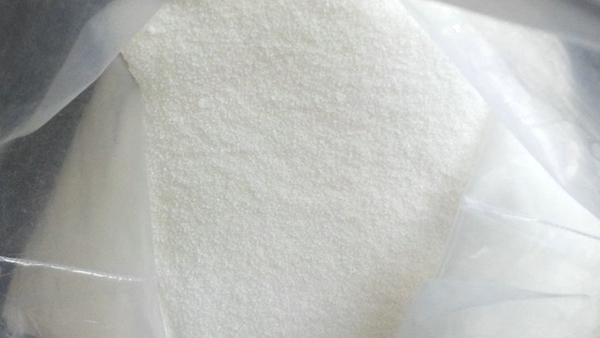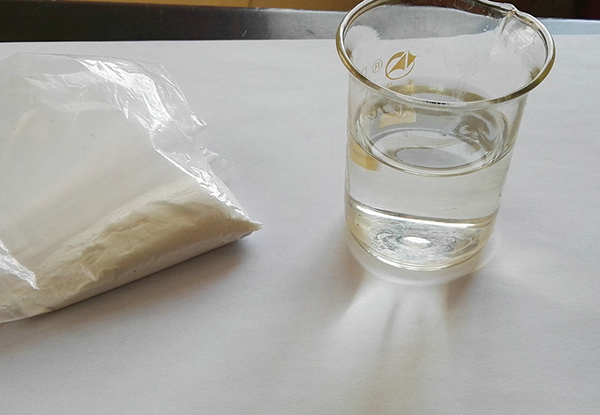What is the difference between anhydrous sodium sulfate and sodium sulfate
Production process of anhydrous sodium sulfate and sodium sulfate:
1. Vacuum evaporation method will dissolve the natural thenardite and clarify it. The clarified liquid will be subjected to vacuum evaporation dehydration, thickening, centrifugal separation and drying to prepare anhydrous sodium sulfate.
2. The calcium thenardite method crushes the calcium thenardite ore, adds water ball milling, and leaching. After leaching the thenardite solution, the impurities are removed by filtration, the filtrate is clarified, and then the anhydrous sodium sulfate is prepared by evaporation and dehydration, centrifugal separation, and drying.
3. The conversion method is to prepare anhydrous sodium sulfate by using high and low temperature salt as a by-product of potassium chloride as raw material. Under certain temperature and batching conditions, after three stages of conversion, magnesium sulfate and sodium chloride are first converted into white sodium magnesia, then into anhydrous sodium magnesia, and finally into anhydrous sodium sulfate. The entire conversion process is a continuous countercurrent operation. The slurry is mechanically propelled and lifted, and the liquid reversely overflows according to the position difference. The various stages are connected and affected. The conversion of the first stage is controlled at a Ph value of 3 to 4 and the reaction occurs at a temperature of 55 to 70°C to generate white sodium. The magnesia slurry is thickened in a first-stage settler, and then sent to the second-stage conversion tank; the second-stage conversion Ph4~5, the temperature is about 100 ℃; the third-stage conversion condition is controlled Ph5~6, the temperature is about 55 ℃ under stirring , Anhydrous sodium magnesia reacts with aqueous sodium chloride to produce anhydrous sodium sulfate, which is separated by centrifugation and dried to obtain anhydrous sodium sulfate. The reaction equation is as follows: this method has high cost, low recovery rate, consumption of sulfuric acid, impurities are not easy to remove, the color of the resulting product is poor, but the equipment is simple.

4. Rayon by-product method After the rayon solidification waste liquid is crystallized, dissolved, neutralized, filtered, concentrated, cooled, separated and dried, anhydrous sodium sulfate is prepared. The reaction equation is as follows. Put sodium sulfate hydrate Na2SO4·10H2O into a porcelain dish and heat at about 100℃ until white loose powder is formed.
5. Dissolve the industrial sodium sulfate with hot distilled water, control the density of the solution to 1.1 to 1.2, and filter out the precipitate after a few hours. Add a sodium carbonate solution with a density of 1.26 (dissolve industrial sodium carbonate with pure water) to the ph = 8-9, and add an appropriate amount of ammonium sulfide while stirring (the amount of ammonium sulfide is determined according to the Fe2+ and Pb2+ plasma contents in the raw materials). Let stand for several hours to make the precipitation of iron sulfide and lead sulfide complete. The supernatant liquid is sucked out and filtered until it is clear. After testing that the iron and heavy metals are qualified, it is heated and concentrated to dryness, centrifugal spin-drying, and then washed with a small amount of distilled water for 1-2 times and spin-drying. Distilled water was added to the semi-finished product to a relative density of 1.10 to 1.15, and an appropriate amount of 0.5% silver sulfate solution was added while stirring, and allowed to stand for more than 4 hours to make the precipitation of silver chloride complete. Filter, evaporate and concentrate until crystalline film appears, cool and crystallize, spin dry, rinse with a small amount of distilled water, spin dry, that is, chemically pure Na2SO4·10H2O finished product. To prepare chemically pure anhydrous sodium sulfate, evaporate and concentrate until there is no mother liquor in the recrystallization process, spin dry, rinse with a small amount of distilled water, and dry at 100 ℃. 6. Dry sodium carbonate (chemically pure) was added in small portions to a 20% analytically pure sulfuric acid solution to carry out the reaction: until the carbon dioxide no longer escaped, the solution was weakly alkaline. Heat the solution to boiling, filter, evaporate and concentrate until crystals appear, cool the crystals, spin-dry to obtain Na2SO4·10H2O crystals. Anhydrous sodium sulfate can be prepared by heating the above crystals at about 100°C and evaporating the water.
Anhydrous sodium sulfate and sodium sulfate use:

